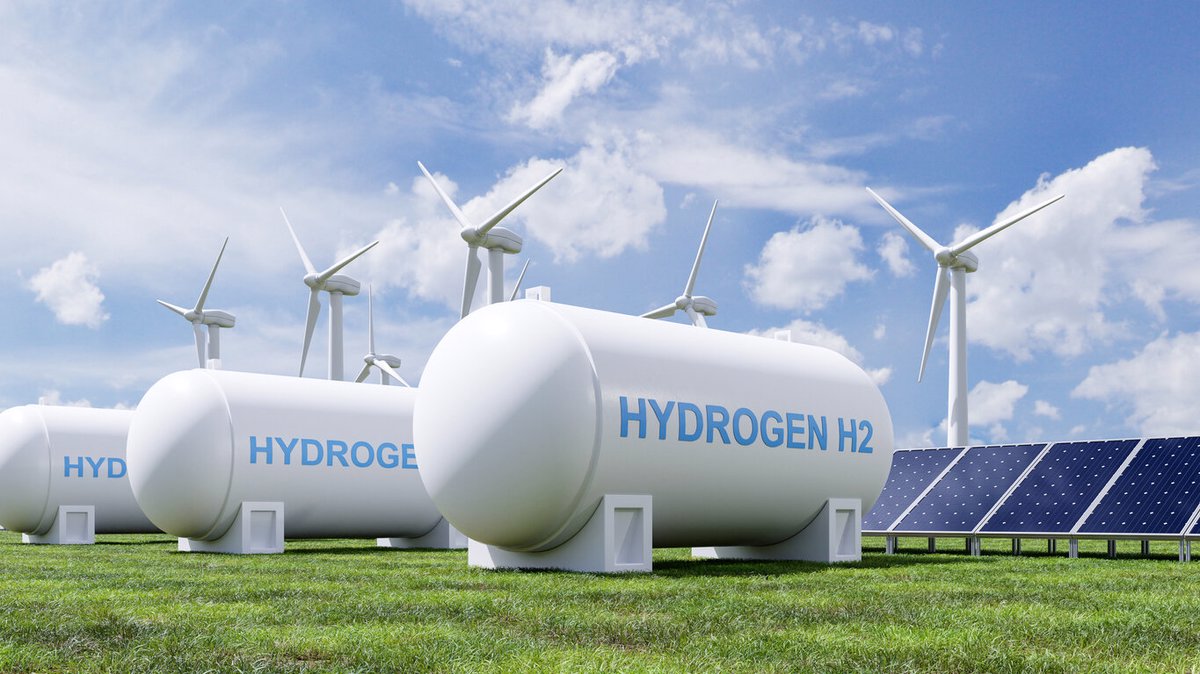EU’s green hydrogen strategy is overly dependent on uncertain imports – T&E
The EU should prioritise developing green hydrogen production capacity of its own before counting on imports from countries that currently lack the infrastructure to export green hydrogen.
 PHOTO: Getty Images
PHOTO: Getty Images
Under the RePowerEU plan, the EU aims to produce nearly 10 million mt/year of green hydrogen by 2030, and import another 10 million mt/year from foreign countries.
A study by Transport & Environment (T&E) has revealed that six countries, including Norway, Chile, Egypt, Morocco, Namibia and Oman, have set ambitious plans to export large volumes of green hydrogen to EU countries.
The study found that, except for Norway, these countries are more likely than not to fail to meet these export ambitions. T&E estimates that these countries combined will only be able to export a quarter of the 10 million mt/year targeted through RePowerEU.
Most of these countries face several challenges in scaling up green hydrogen production. For example, Oman, which aims to export two-thirds of its green hydrogen to the EU by 2030, is heavily reliant on fossil fuels and faces water shortages, which could impact green hydrogen production, the study highlights.
Green hydrogen is produced using an electrolysis process, where water is split into hydrogen and oxygen using electricity from renewable energy sources such as wind or solar. Water plays a critical role in production, and its availability could directly impact green hydrogen production costs.
According to T&E's study, about 55–80 million mt/year of water will be needed to produce 2.6 million mt/year of green hydrogen planned to be exported to the EU by 2030. This quantity of water is equivalent to the amount needed to fill around 32,000 Olympic-sized swimming pools per year.
Seawater can be used for production, but it typically needs to undergo a desalination process to remove impurities and reduce salt content before electrolysis. A report from the World Economic Forum stated that desalination plants have gradually become more cost-effective. It pegs the cost of water desalination at around $0.85/cbm, which adds about $0.0075/kilogram ($7.5/mt) to the cost of producing hydrogen.
Despite these challenges, the study projects that the EU could potentially produce 6–7.5 million mt/year of green hydrogen by 2030. This should be enough to cater to future demand for sectors like shipping, aviation and the fertilizer industry.
However, to reach this production level, substantial amounts of investment are needed in green hydrogen production. The environment group says that only 1% of the green hydrogen production projects planned in EU countries have received funding so far.
By Nithin Chandran
Please get in touch with comments or additional info to news@engine.online





